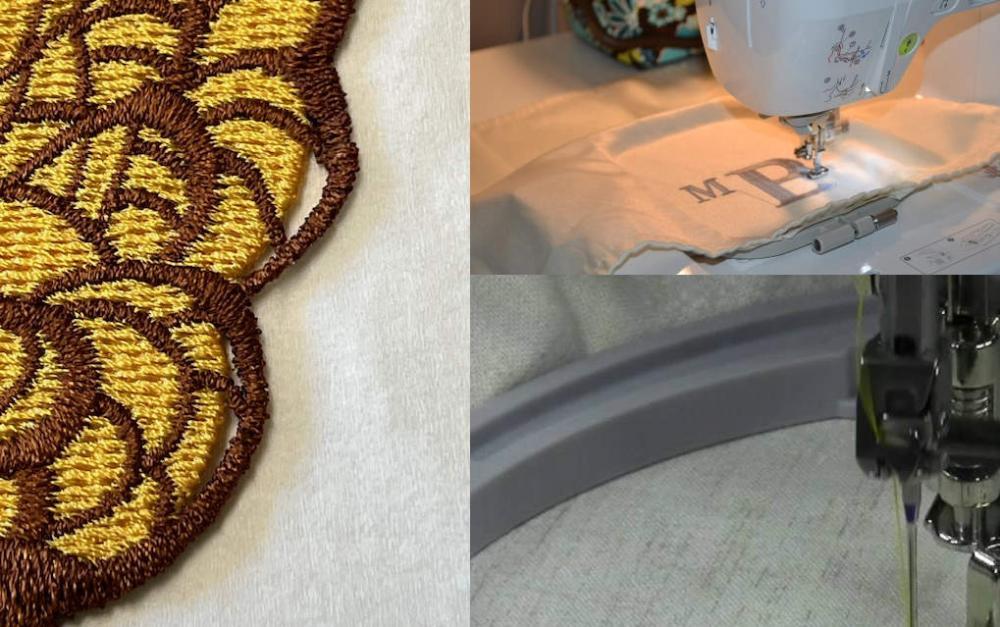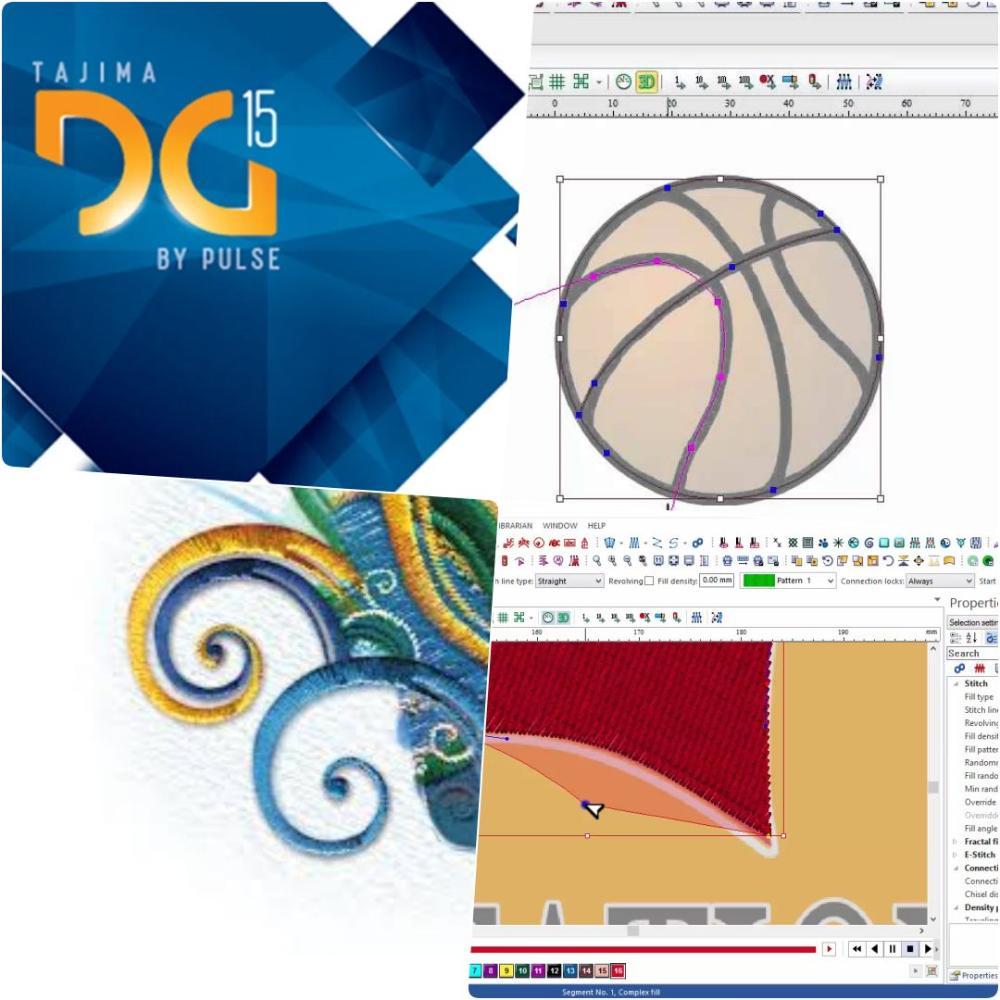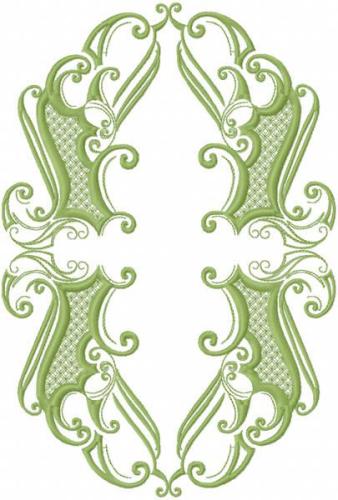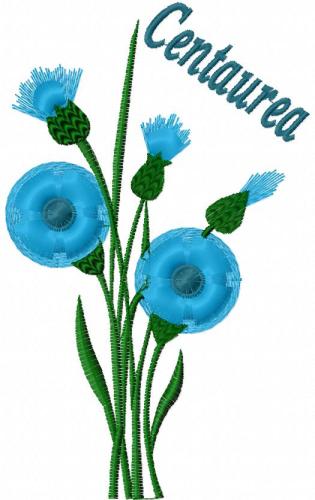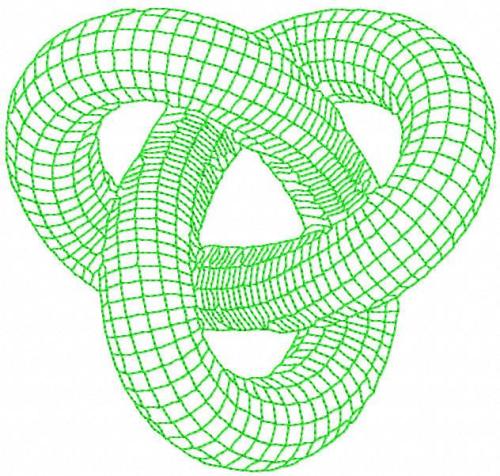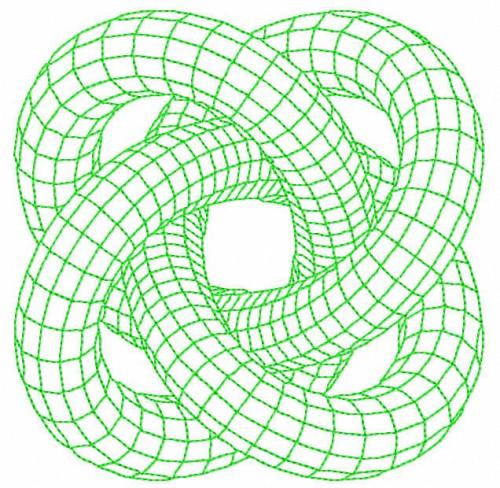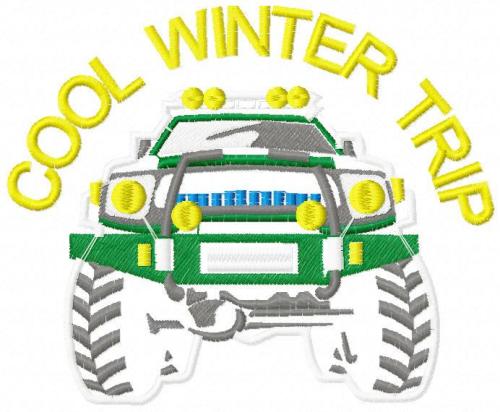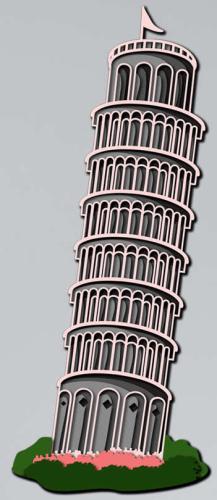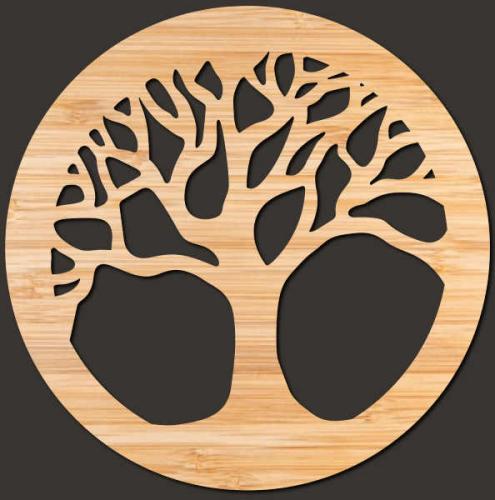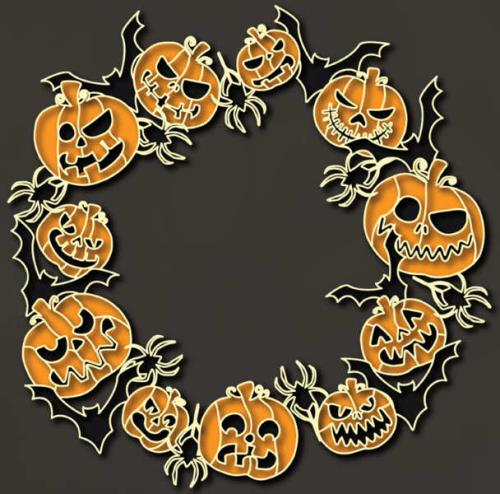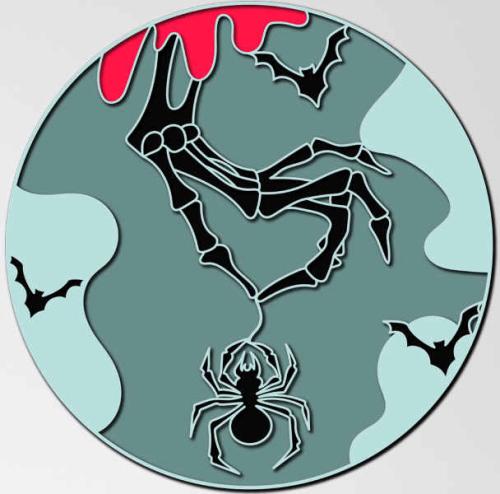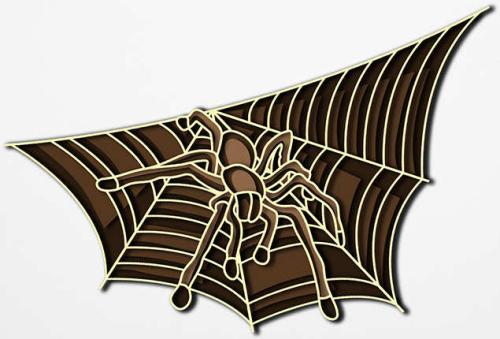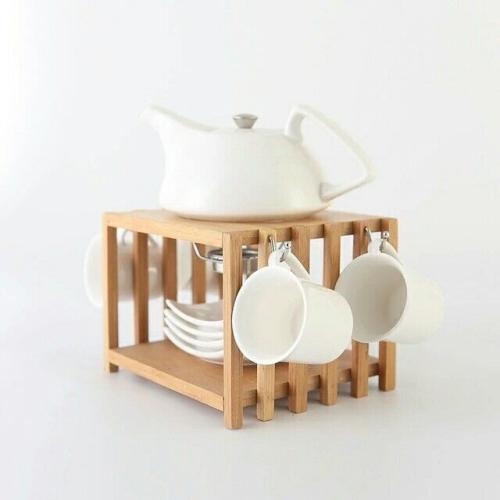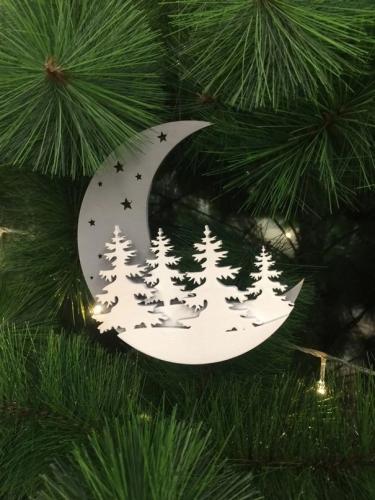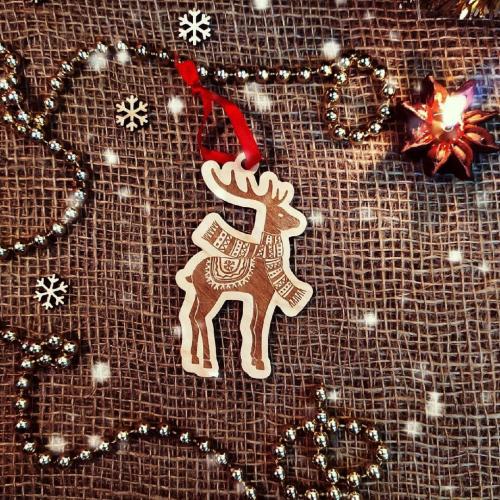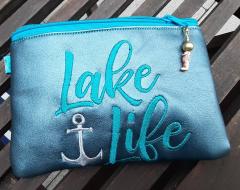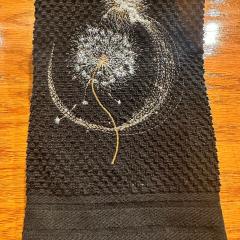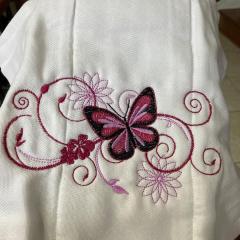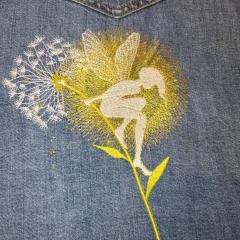Treading on Disaster in machine embroidery
Environment in machine embroidery
The environment for any embroidery machine should be as clean as possible as the needles and threads are very delicate. You should be cleaning the machines, tables, and threads areas often as dust will build up in the area and impact your materials, and possibly your garments.
I suggest that you keep the thread in boxes, or clear containers this will help minimize the dust on the threads. Did you know dust on the threads can cause tension issues, gumming up the top threading mechanism, dust can cause thread breaks and even broken needles if the particle is too large for the eye of the needle.
Your machine area should also be cleaned regularly, this means wiping it down, oiling the machine, and making sure it's a clean environment. This will go a long way to helping your machine run smoothly.
Embroidery threads
Depending on the type of thread, and size of thread you use this could also effect your embroidering experience, Most shops use polyester thread and its more durable and generally easier to use. It's a bit stronger than cotton threads and sometimes cheaper. The average thread types for most shops is 40wt this is the most common size, If you do a lot of small detail or letters you may have 50wt or 60wt thread on hand, if so you will need to be able to change the tension on your machine to accommodate the change, same goes if you use 20wt or 30wt thread you will need to be able to change your tension.
Tension
Everyone needs to know how to adjust their machines but their is a simple test to check the machine, make a column stitch with no underlay or compensation for each needle of your machine, the columns should be a quarter inch thick and each column should be a different color, then sew each column out, flip it over and look at the image below and gauge the tension of each needle.
Now its good leave it alone, if its too tight, loosen it with a quarter turn, if its too loose tighten it with a quarter turn. LEFT LOOSY, RIGHTY TIGHTY is the easiest way to remember your tension guides. Check your machine manual for adjusting the thread on the machine as each machine may be a bit different.
Metallic machine embroidery threads
When working with metallic threads you will also need to loosen your tension as they need a little more give as they often have a fleck embedded in the twine and it doesn't have the same give as a polyester thread. Use the above guide to set your tension for specialty threads.
Needles
When on customer sites I often ask them when the last time they change their needles, and I often get that they break,, A needle can drastically effect the clarity of your work, as well as the sharpness of the design, a dull needle will often tear through the fabric instead of spreading the fibers, this can affect quality, thread breaks, and more,
There are also different tips of the needles, different sizes, and different size holes, which all can impact using threads.
Important Points to Remember
Needles DO NOT last forever, they should be replaced approximately every 8 hours The eye of the needle should be 40% larger than the diameter of the thread When going to a larger size of thread, a larger needle should be used Use the appropriate needle for the type of fabric being sewn When using metallic thread use a larger-eyed needle
TROUBLESHOOTING NEEDLE ISSUES
UPPER THREAD BREAKS
Check the upper thread path, tension is incorrect or replace the needle
BOBBIN THREAD BREAKS
Replace bobbin, check bobbin tension, check upper thread path
SKIPPED STITCHES
Check upper thread path, change needle, do tension test, check the size of needle
FRAYED STITCHES
Eye of the need clogged or too small, upper thread caught check path, remove a meter of thread,
THREADS LOOSE ON BOBBIN SIDE
This is often caused by poor tension or improperly sequenced upper thread path.
BOBBIN THREAD SHOWING ON TOP
This can occur if the bobbin tension is too tight compared to the upper tension, check bobbin tension and upper tension using the tension test.
FABRIC PUCKERING
A design that puckers the fabric can be caused by being poorly digitized, the fabric as nylon tends to pucker, and or can be caused by wrong tension usually too tight of an upper thread tension. Check bobbin tension and make sure you're using the right backing for the material.
NEEDLE SIZES
Here is a chart of what size of needles work with the different threads..
OVERVIEW
A clean shop and work area will help you and your machine, testing the tension on a regular basis will also help tabs on it to avoid disasters on jobs. If you have not changed your needles and you do a lot of embroidery starting up the New Year you may want to replace them all.

